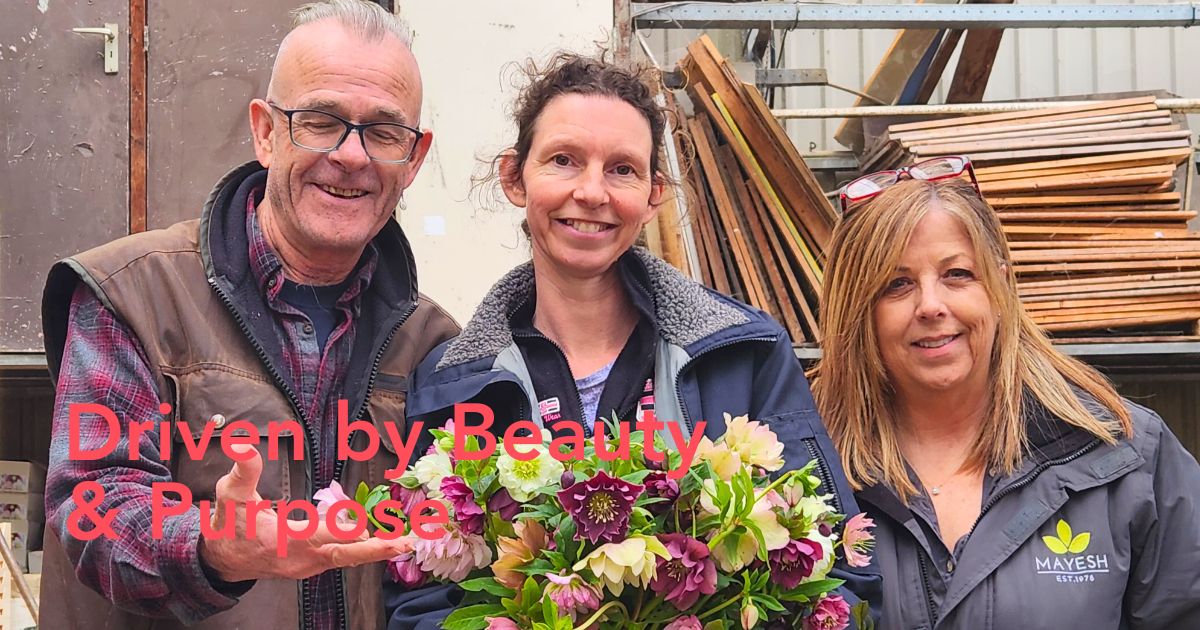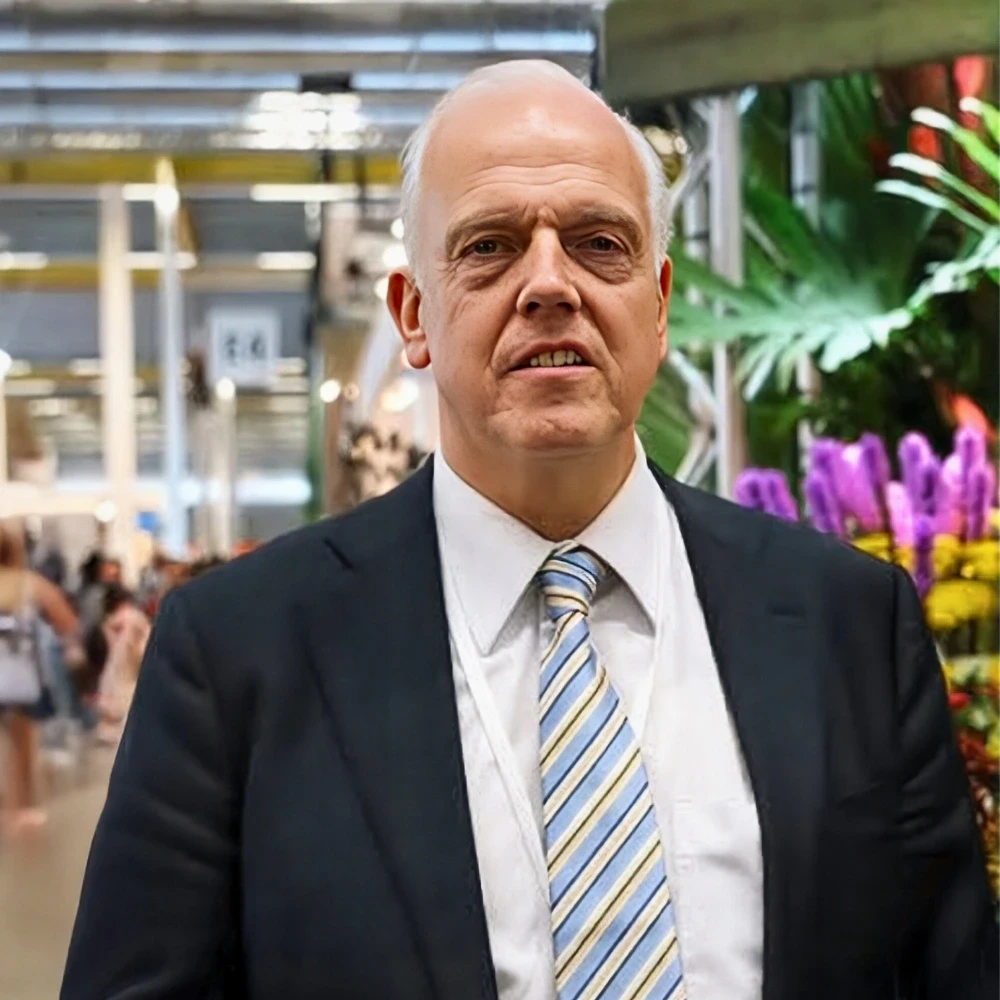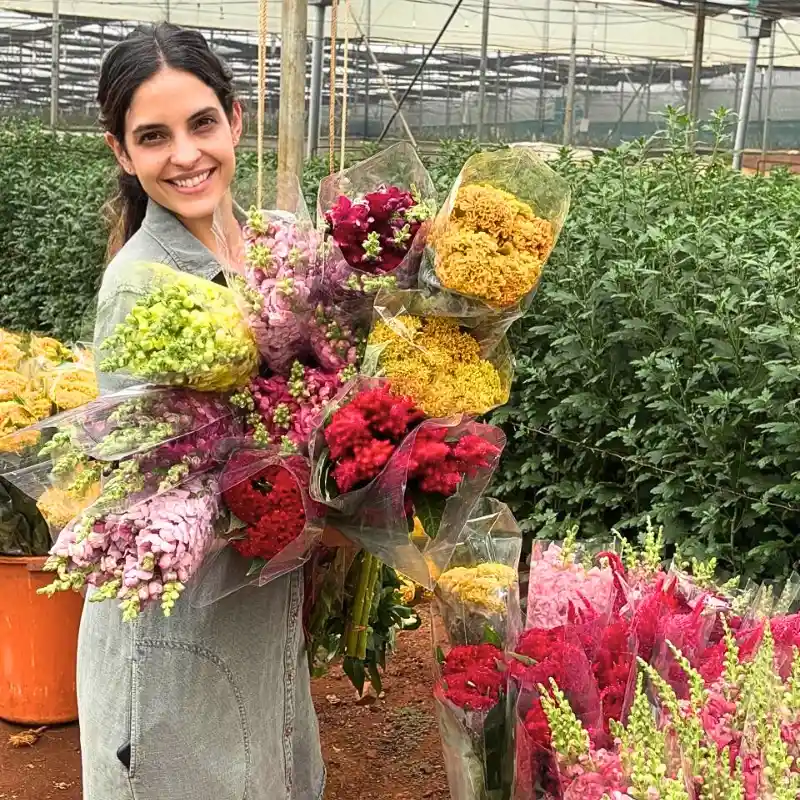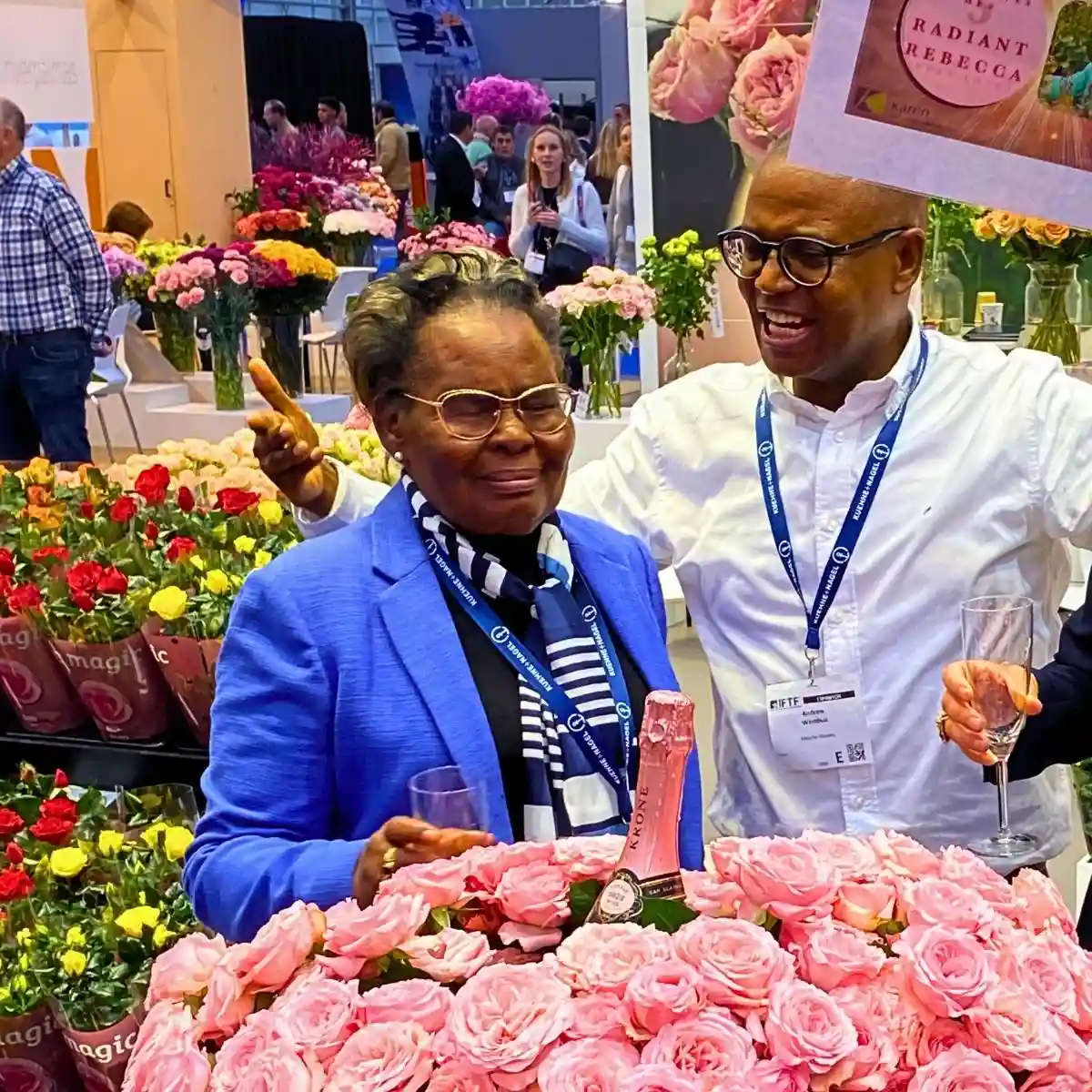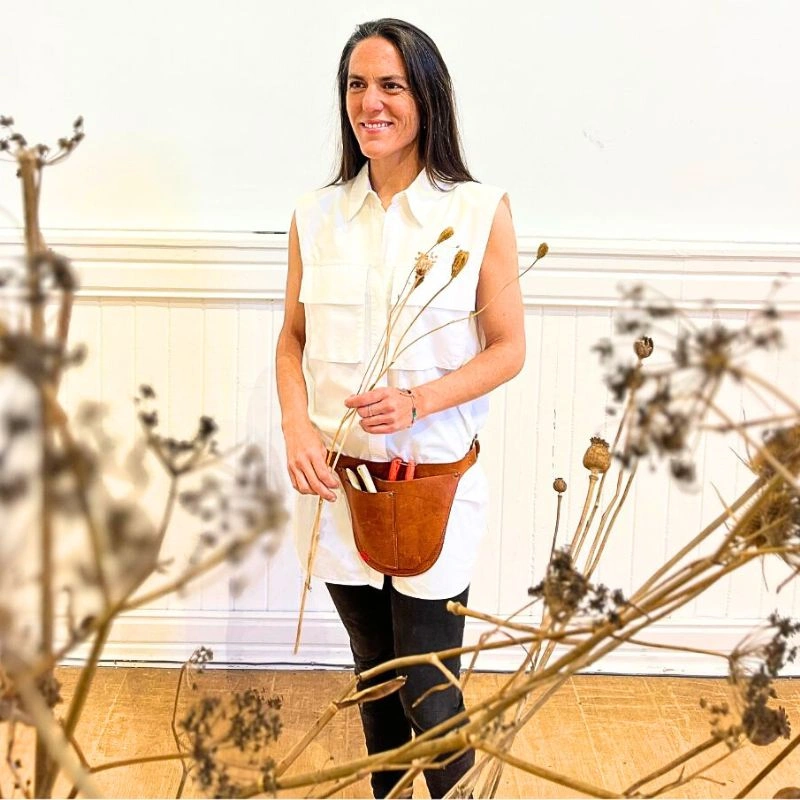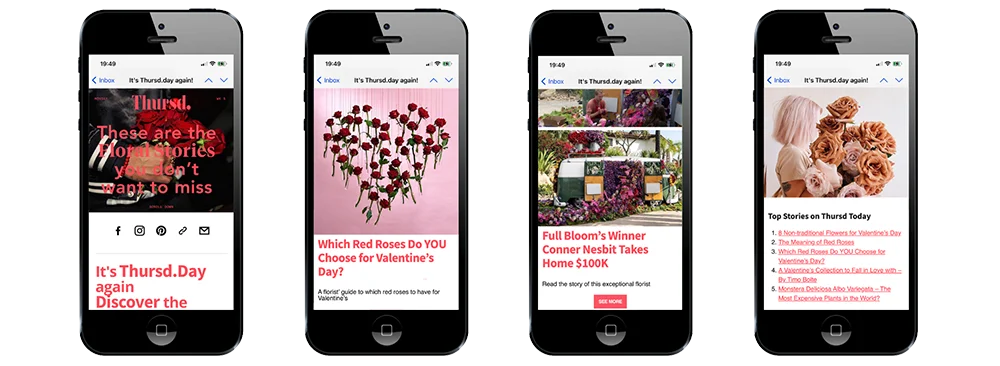With a career spanning over four decades, David Dahlson is nothing short of a floral industry icon. From humble beginnings washing buckets to shaping the future of floral design as the Director of New Product Development at Mayesh Wholesale, David’s journey is a rich blend of resilience, creativity, and an unwavering love for flowers.
In this week’s edition of 10 Questions, David opens up about his early days in London, his bold leap to the U.S., and his relentless pursuit of beauty and innovation in floriculture. His insights on sustainability, floral trends, and the deeper art of flower appreciation offer a masterclass for anyone passionate about flowers and purpose.
Question 1
For those who don’t know you, who are you, and what do you do?
"My name is David Dahlson, and after 45 years in the cut flower industry doing almost every associated task, starting with washing buckets, I now enjoy being Director of New Product Development at Mayesh Wholesale. I grew up in London, England, and went to Mill Hill School on the northern edge of London. My parents moved to Madrid, Spain, and sent me to boarding school when I was eleven years old. After finishing school, I studied Fine Art, Painting at the Central School of Art & Design (now Central/St. Martins). I graduated from there in 1979. In 1980, I headed out to Los Angeles to visit my uncle and my cousins.
The weather was so nice and warm, especially for a Londoner, that I informed my Mum that I was not coming back, and I have lived in the USA ever since."

Question 2
What is so special about your job?
"My job within Mayesh Wholesale is somewhat unique, at least in the USA. I firmly believe that the cut flower industry is a fashion-driven business, and as such, I am a leader within the company in identifying trends and themes within our industry. Just like any fashion-oriented business, it is important to bring new and different products to our clientele, so they can use them to develop their take on floral creativity, knowing they are using new and rare items that are not likely to be found in supermarkets or other wholesalers.
Of course, one always needs the “black mini-dress” in one’s portfolio, classics such as roses and tulips, but new items to accessorize designs or to dominate an arrangement are equally as important. Many of our customers are enthusiastic about the idea that Mayesh always has different and distinct design elements, and this component of our product mix is an important driver for sales."

Question 3
Are there any specific challenges or obstacles you’ve faced at work, and how did you overcome them?
"In my experience, no matter what level of achievement, the job at hand is the one that deserves my entire focus, and I always endeavor to do the very best that I can on any given day. I recall that early on in my career, when carnations were being imported from Colombia, I could not get any traction with sales, even though the price was very competitive. In the early 1980s, there were around 160 Carnation farms in California, and all the flowers were harvested at an “open cut point”. Many farms delivered to the LA Flower Market in water, so the tightly cut blooms from Colombia were considered to be runts, and worthless.
After ruminating on this issue for a while, I came up with a game plan of letting the flowers open in water for about three or four days and then bringing them to market in water. While not quite as fresh, Mayesh Wholesale was able to sell the flowers at a competitive price. After maintaining this for a couple of years, it was easy to convince many of our customers to buy a box lot of carnations at great savings, and we showed them how to open the flowers.

Thereafter, we rarely put another carnation in water, and Mayesh quickly became the largest carnation distributor west of the Rockies. More recently, I have become evangelical in promoting my belief that, as an industry, we need to return to a more open-cut stage, such as I enjoyed in my youth, when all flowers were local. Growing techniques, superior cultivars, and improved cold chain logistics now allow for that, even if in South America or Africa. The proof of concept for this is seen in the amazing and beautiful flowers we receive from Japan. They cut almost every flower at an open and more mature cut point, which allows for proper color saturation, fully formed petals, and an overall aesthetic level that is hard to match. But all growers can come close if only they would let their harvest mature properly. Fortunately, I am seeing this tendency starting to take hold in Holland as well, so the future looks promising. My solution is to be evangelical in my approach, pushing, cajoling, and encouraging growers to harvest their flowers at a more open cut point."
Question 4
What are the threats in the industry, and if so, do you have any solutions for them?
"One of the things I find offensive is that many agents in the cut flower industry are preoccupied with how many stems can fit in a box, whereas the real question should be: how many beautiful flowers fit in a box? From my point of view, if a penny or two more per stem garnered in freight costs can derail a sale, then it’s time to move on. The mass markets focus on saving pennies and farthings, and demand so many stems per box, and this is an important driver in the flower industry. I support any avenue that supports and promotes fresh flowers, and the mass markets have done well in elevating the public’s consciousness vis-à-vis flowers. But there is a better way, and that means focusing on the bloom, not the stem.
Plastic sleeves have got to go, as well as any other unnecessary and redundant packing materials. There is technology currently available that allows transparent plastic sleeves, sheets, wrapping, tape, etc., to be made from carbohydrates, such as rice by-products. There is a company in the US called “Elevate Packaging” creating such items, but without any scale, the price is still very high. Their products or similar ones, if embraced by the Worldwide Flower Industry, could eliminate plastic waste within the industry overnight (obviously hyperbole, but it could be done in short order). The products have the desired gloss so enjoyed by customers, but they also decay rapidly in a compost pile, with very little carbon footprint."

Question 5
How has technology, such as e-commerce platforms or digital marketing, affected your industry? What strategies have you employed to stay competitive?
"Certainly, E-Commerce is becoming an important factor for Mayesh, and it is our fastest-growing segment. It seems that a lot of people, especially the younger generations, are very comfortable purchasing flowers online. However, this highlights another problem, which is that because so many flower shops in the USA have closed their doors, new people entering the industry now have very few avenues to learn about flowers, flower care, correct hydration techniques, and general fresh-cut flower management. As a consequence, we spend a lot of resources on social media that focuses on education, flower care, and new cultivars. Through these efforts from our excellent marketing team, Mayesh has managed to propagate a diverse and loyal following, as well as generate increased revenues."
Question 6
Who (in or outside the floral industry) is an inspiring example to you? And Why?
"Within the floral industry, I would point to René van Rems and Ken Senter as two people who opened my eyes to the possibilities and beauty of flowers and floral design. Early on in my career, I was fortunate to see René’s presentation at AIFD in Dallas in the mid-1980s. René created a portrait of Dutch still life painter Ambrosius Bosschaerts on stage with floral designs that echoed Bosschaerts’ paintings. From René and Ken Senter, I learnt that this is a business, and while the charm of flowers is beguiling and often bewitching, the fundamental tenets of business must be applied to generate a meaningful living.
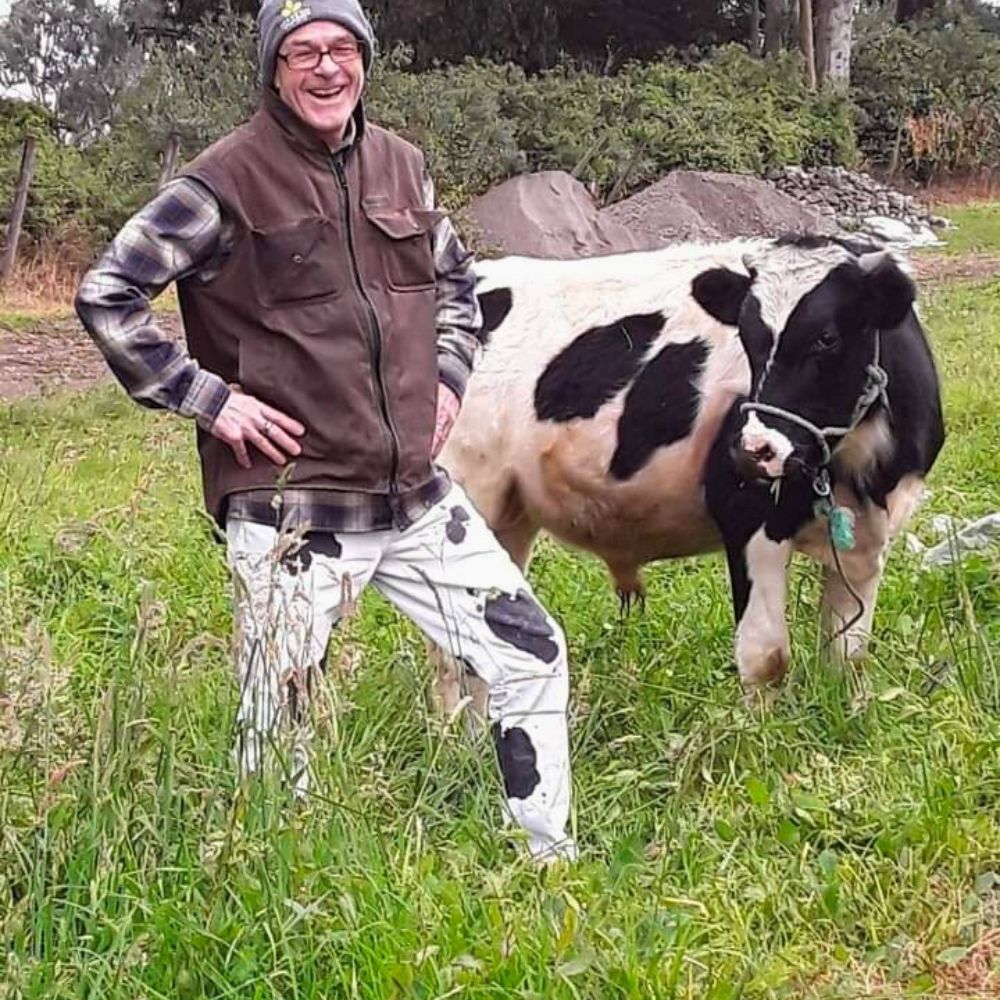
Therefore, basic skills such as knife work, portion control, the ability to create at speed, a thorough knowledge of flowers and respective care, elements of design and color theory, all need to be mastered to create a pathway to substantive remuneration. I would be remiss not to mention my mother, Jane McIndoe, who taught me many things, but especially as it pertains to business, that in good times and pertinently in bad times, people will always search for quality, and particularly those individuals who are financially very well off."
Question 7
How do you handle stress or difficult moments in your life?
"Growing up in England in the 1960s and ‘70s, the discipline of deferred gratification was drilled into me. This has allowed me to focus on the objective and not be unduly deterred by unpleasant and inconvenient things that always occur in life. These are facts of life, like inclement weather, and are to be navigated around and not considered as an obstacle. When I encounter particularly stressful situations, I always think ahead to how tomorrow will be, and presume that I will still be alive, and that life will go on after and regardless of the difficulties of today. The axiom “don’t sweat the small stuff…and it’s all small stuff” comes to mind."
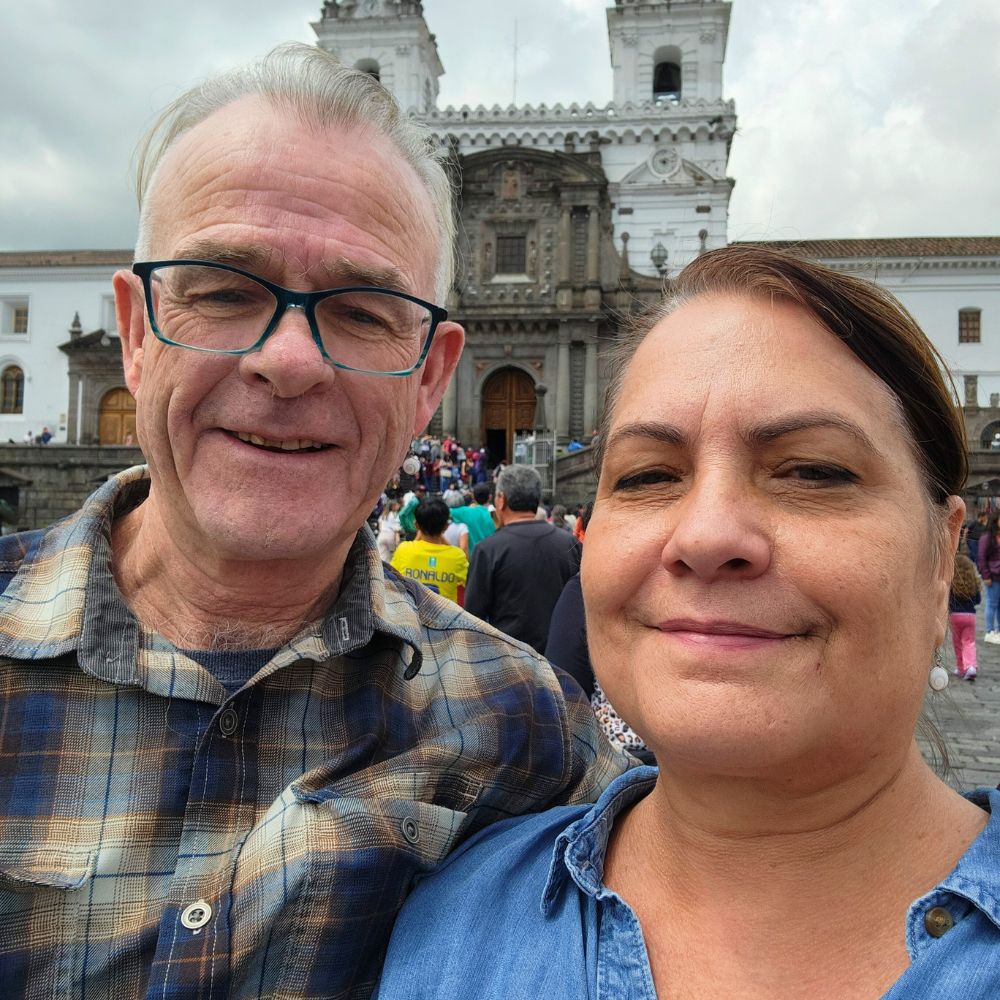
Question 8
What has been the best (floral or non-floral) news for you lately, or of the last year?
Speaking for myself, the absolute worst news was the election of Donald Trump to be President of the USA. I am still incredulous as to how he could gain a majority of the vote when he declared all the things he would do in his second term. And is doing, with malice aforethought. That tragic event notwithstanding, every day spent on this side of the grass is a gift that I relish and enjoy. Flowers fill my days, and my imagination is always scouring old flower books for inspiration. This is a fashion business first, and like all fashion, what was once old becomes new again."
Question 9
Which is your favorite flower/plant, and why is it good for you?
"My absolute favorite flower is hybrid delphinium, and specifically Pacific Giants Bluebird, which is a seductive cultivar of mid blue with bright white bees. The architectural splendor of this flower, with its sculptural array of rich blue florets and the intricately detailed white eyes, is simply magnificent. Of course, it has to be harvested 90% open, and not subjected to the tragic abuse most growers bestow on this majestic flower, rendering it like the nobby spires of La Sagrada Familia. Aaah, but when grown correctly, it is as perfect a vision of beauty as anything that may be found on our planet."
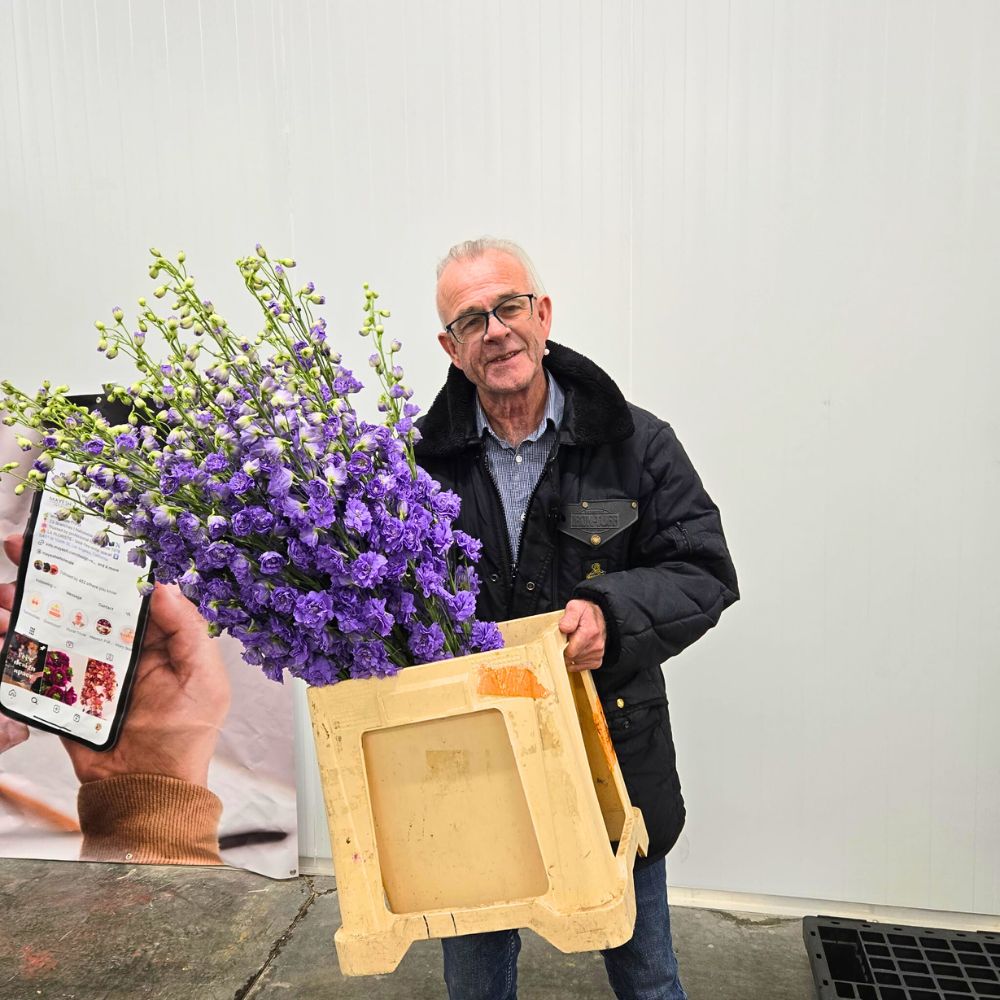
Question 10
What are you doing this weekend?
"I will be watching Arsenal FC on the weekend for sure. I am a lifelong 'Gunners' supporter, and I am ecstatic that they destroyed Real Madrid in the Champions League. I also love to garden, and that is something I do every weekend. Nature will not let you have it any other way. And probably my wife and I will go down to the Caloosahatchee River and enjoy lunch and an adult beverage, perchance three."
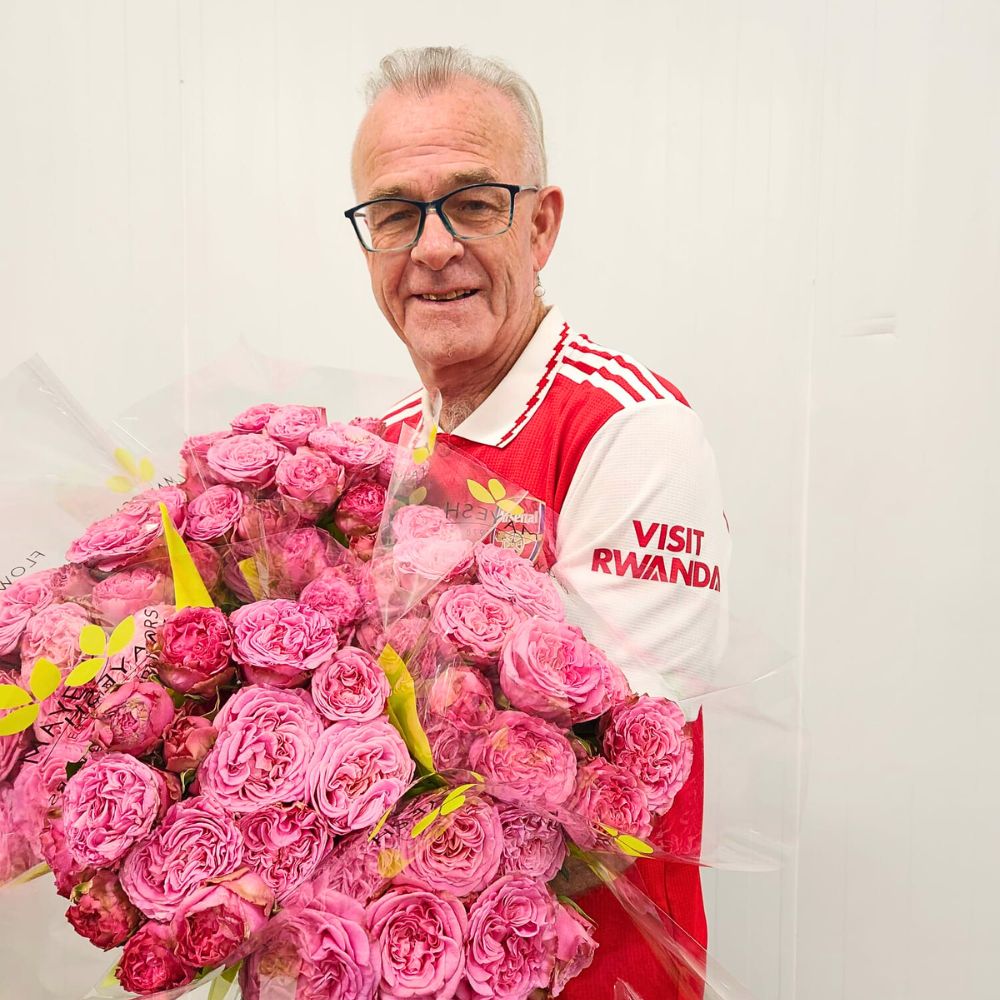
All pictures courtesy of David Dahlson.

